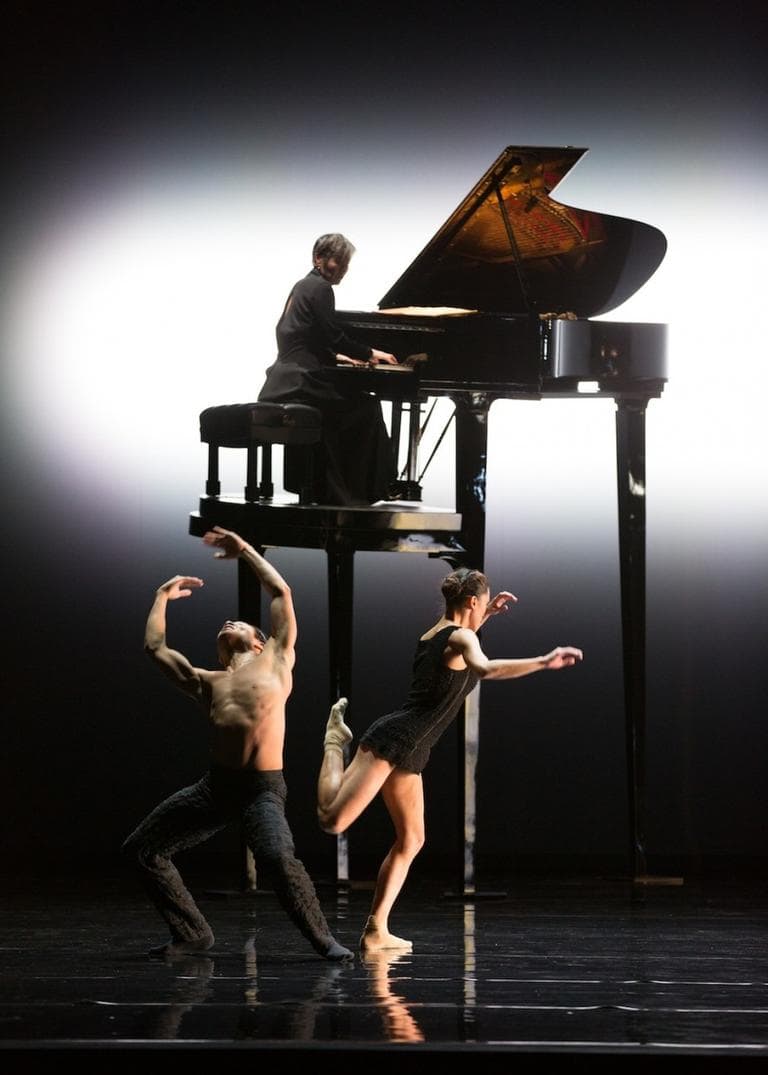Advertisement
Amid The Successes, Questions Remain About Arts Funding
BOSTON — Major theaters, concert halls and galleries are buzzing; ticket sales at BosTix, the discount ticket outlet, are brisk; Boston Ballet is more robust than it’s been in decades; and SpeakEasy Stage says it’s in better financial shape than ever.
But concern is growing behind the scenes that Greater Boston’s vibrant arts and culture landscape is built on shifting ground.
It isn’t just that every source of public, corporate, foundation and individual support for nonprofit arts and culture is shrinking as costs (inevitably) expand. Or that the arts and entertainment market is saturated, and demographic shifts are driving down audience demand. Signal research from TDC of Boston, the respected nonprofit consulting and research group, shows that the break-even business model well-intentioned funders and other “stakeholders” have urged on cultural nonprofits for years has broken down. According to TDC principal Susan Nelson, as many as three out of four nonprofit arts organizations across the country — groups of every size and discipline — are operating in the black, but with so few assets and cash reserves that some are in danger of compromising their artistic missions.
The National Endowment for the Arts (along with Big Bird) survived the presidential election. But the federal budget sequestration has forced the NEA to cut 5 percent, or approximately $7.3 million, from its 2013 budget. President Obama may, as he did last year, recommend a modest increase for the NEA next year, and Congress may again reject it. At a time when agencies that fund Medicare, special education and emergency housing and health care are struggling to stay afloat, lawmakers are unlikely to throw a lifesaver to the NEA.
In the Bay State, Gov. Deval Patrick recommended level funding ($9.6 million) in funds for the Massachusetts Cultural Council. And the City of Boston, desperate for sources of income to augment the property tax revenues that pay for slightly more than 60 percent of the municipal operating budget, is pressing the largest private tax-exempt institutions — including 10 major cultural organizations — to make “voluntary” payments in lieu of property taxes.

Meanwhile, individual charitable giving — the main source of support for small to midsize organizations — has yet to return to pre-recession levels and every other source of contributed arts revenue is pressed, says consultant Ann McQueen of McQueen Philanthropic. Fidelity Investments, a longtime supporter of local arts and culture, bowed out of Boston when the company moved to New Hampshire. The Barr Foundation revised its arts grant making policies in 2011 to target its support to midsized organizations and youth arts programs. No others need apply. Barr, notes McQueen, is one of several major U.S. foundations that are rethinking their arts funding strategies in view of TDC’s research.
“The issue in the arts sector isn’t survival,” says Nelson, who presented her findings and recommendations at last summer’s Theatre Communications Group conference in Boston. “Organizations can hang on for a very long time. They just get smaller and smaller. The question is: Can these organizations actually do work of the quality they want? Can they take risks? Are they able to attract artists of quality and maintain the long-term interest of their audience? That’s where the threat is right now.”
Under-resourced organizations meet their payrolls, pay the rent or mortgage, and cover essential costs of doing business, says Nelson. But if a snowstorm shutters a weekend’s performances, a principal artist cancels, or a grant isn’t renewed, they miss credit card payments or postpone a tour. If an old roof leaks, attendance drops off at a spiffy new building; they borrow from themselves — often from their creative budgets — to balance the books.
Arts groups are also under pressure from funders and audiences to keep ticket prices affordable, “while being entrepreneurial enough to earn our keep,” says Steven Smith, executive director of Revels, who led the Boston Gay Men’s Chorus for 16 years and serves on the board of ArtsBoston.
“Smaller organizations [with budgets of less than $2 million] have the benefit and curse of being flexible; they can always pull back,” Smith observes. The chorus, which operated in the black but without a safety net for years, survived its worst year of the Recession in part by slashing 20 percent from its budget, “cutting a couple of exotic and creative programs,” and shelving plans to commission music projects, says Smith. When he arrived at Revels two years ago, the financially troubled traditional music, drama, dance and storytelling ensemble had already shrunk its performance schedule, and was cutting backstage costs and hiring capable, less expensive local performers to fill principal roles.
For arts organizations struggling to stay affordable and break even, Smith says, “it’s very easy to get trapped.”
“In the short term, those decisions are easy, “ says Smith. “But the question becomes how many compromises you can make. When you cut down the number of performances, you cut the pool of people who see your work. You can’t keep cutting productions and expect excitement and quality every time.”
A former arts reporter for the Boston Globe and Boston Phoenix, Maureen Dezell is author of the critically acclaimed Irish America, a freelance arts writer and a senior editor at Boston College.
This program aired on March 18, 2013. The audio for this program is not available.